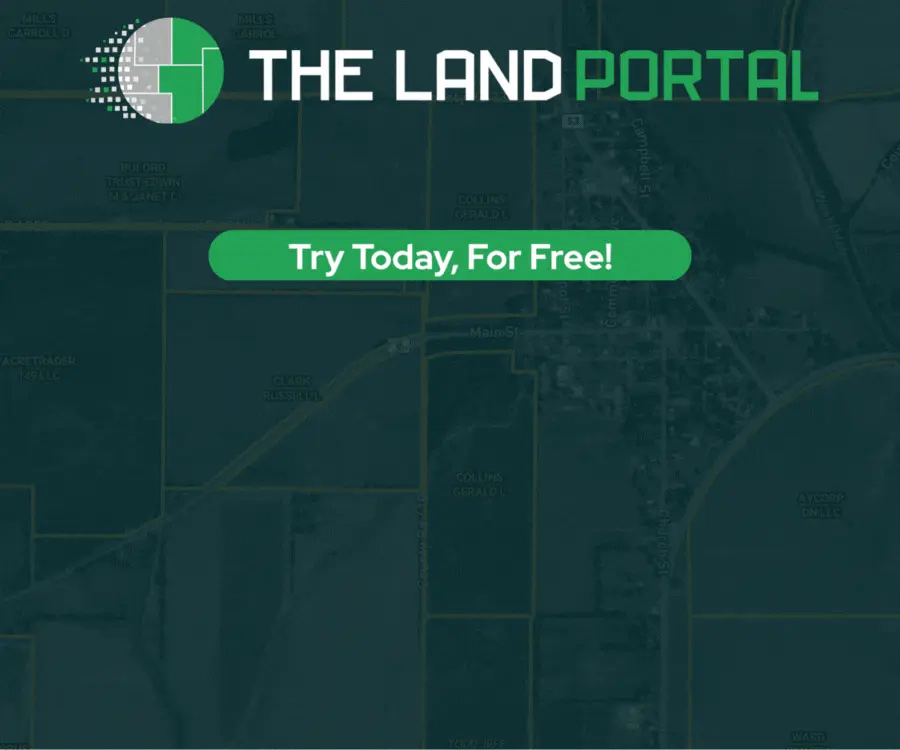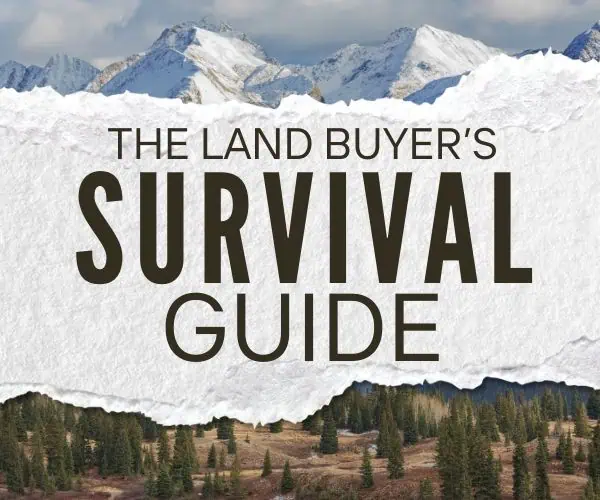REtipster does not provide tax, investment, or financial advice. Always seek the help of a licensed financial professional before taking action.
A few years ago, a wise man told me something that opened my eyes,
“You make your money in your business and you preserve your money in the market, not the other way around.”
In other words… if you want to build wealth quickly with real estate, it's not going to happen if you only invest in passive, buy-and-hold investments (like rental properties) using the small trickle of extra cash you're able to save from your day job.
Sure, it will happen eventually, but unless you're fortunate enough to have a job that pays you a TON of money, it won't happen fast. The math just doesn't work.
Ask anyone who has achieved financial freedom by their 30s (assuming they didn't inherit all their wealth), and they'll tell you how they did it! They had to work their tail off in a very active business or a profession that funneled large quantities of cash into their bank account.
Perhaps they owned a manufacturing company, a consulting business, or a property flipping business. Likewise, they may have had a high-paying job as a doctor, lawyer, salesman, or professional athlete.
In either case, when people find and keep their financial freedom at a younger age, it doesn't happen by parking a little bit of cash and waiting. It happens by working aggressively at something that earns money quickly.
It will take decades to get there if you plan to save or passively invest your way into wealth with a middle-class job.
Want to make it happen faster? You'll need to take the road less traveled.
How a Real Estate Investor Gets Rich
When we look at the real estate investing profession (and all the different niches one can specialize in), they all essentially boil down to one of two possible paths.
Path 1: Active Investing
This is where you “make your money in your business“.
Some examples of an active real estate investor might be:
- Flipping Houses
- Flipping Land
- Wholesaling Houses
Keep in mind, this isn't limited to investors. You could also be an active real estate professional, like any of these examples:
- General Contractor
- Property Manager
- Residential Real Estate Agent
- Commercial Real Estate Broker
- Real Estate Appraiser
- Property Inspector
In these professions, your means of making money is NOT passive. These people are grinding it out every day, working well over 40 hours per week, and as a result, they're making money a lot faster than passive investors and probably a lot faster than most W-2 employees.
These are self-employed business owners. They work hard, and if they're doing it right, they're reaping significant financial rewards in a much shorter timeframe.
Path 2: Passive Investing
This is where you “preserve your money in the market”.
Once you've amassed a respectable pile of cash through your active business (or highly-paid profession, if you're lucky enough to have one), you don't want to park all the money in your savings account, and you definitely don't want to blow all that money on frivolous things that have no long-term value.
This is where you put your money to work so it generates cash flow and appreciates in value.
RELATED: How Does the Cash On Cash Return Formula Work?
Robert Kiyosaki put it well when he said,
“It's not how much money you make, it's how much money you keep, how hard it works for you, and how many generations you keep it for.”
Remember, even if you've got millions sitting in your bank account, it can all evaporate over time with inflation if you don't find a way to preserve it and make it grow.
Buy-and-hold real estate is a great option for preserving capital because it doesn't just preserve the value, it appreciates with time (assuming you buy it at the right price and hold it long enough to weather any recessions) AND if you do it right, the property should generate enough cash flow to put additional cash in your bank account each year.
You can also leverage other people's money (OPM) to buy more real estate than the limited cash you have available.
But there are a few catches with buy-and-hold real estate…
- Real estate is not a liquid asset.
- If you need access to your cash, you'll have to either sell your property or get some kind of home equity loan, and there is no guarantee or timeline on if/when these options will be available to you. Liquidating real estate isn't nearly as easy as pulling cash out of the stock market or your bank account.
- Buy-and-hold real estate is not a fast way to build wealth.
- A solid buy-and-hold real estate investment will create a small trickle of monthly cash flow relative to its cost. This is great for generating recurring income, but unless you're inheriting the property or buying it at a small fraction of its current market value and/or making significant improvements to increase its cash flow, it's going to take a long time to build equity this way.
- You need a hefty pile of cash to invest.
- Sure, you may be able to put down a lower down payment if you're planning to live in the property and use an FHA or VA loan (or if you're using some other form of creative financing), but for the vast majority of investment properties, even when you're using OPM, you can't even play ball unless you or your money partners have a large chunk of cash to work with.
These problems underscore the strategic importance of starting on Path 1 (making money in your business) and THEN pursuing Path 2 (preserving it in the market) and not the other way around.
If you can make your money in an active business first (Path 1), you'll reach your goals faster than if you skip ahead to being a passive investor (Path 2).
Let's look at two illustrations below – the 5-10 year roadmap vs. the 30-40 year roadmap.
The 5-10 Year Roadmap
If you cut out Stage 1, (running an active business that generates cash quickly), it will be a long, slow, monotonous path to financial freedom.
The 30-40 Year Roadmap
Investors who tackle Path 1 first will have a motorboat. Investors who skip directly to Path 2 are stuck with a rowboat.
Note: If you want to get a closer look at the math behind Path 2 and how long (or short) it could take you based on the amount of cash you have to invest, be sure to check out The Surprisingly Simple Math to Retiring on Real Estate.
Now, I realize many people may have legitimate reasons for skipping over Path 1 and going directly to Path 2.
- Perhaps you have a job you love more than any business you could ever run.
- Maybe you don't need to start a business to make lots of money because your job already pays you more than any business you could build.
- Some people simply don't have the appetite for all the work and risk of running their own business.
Any of these reasons are fine. I'm not saying it's wrong to take the slower path to financial freedom; I'm just trying to point out that there are consequences for skipping directly to passive investing without taking the active path first.
I just want you to see that the path you choose makes a big difference in timing. There's a reason why it only takes some people a few years to reach financial freedom, while it takes other people decades to get to the same place.
The Cost of Going Backward
When I finally heard someone explain this succinctly, it seemed obvious to me. Of course, you'll move slower if you insist on using a rowboat instead of a motorboat!
Even so, I spent many years failing to understand this basic concept. Nobody ever spelled out this obvious truth for me, but it made so much sense when I finally grasped what was going on. That's when I decided to put Path 2 on hold and redirect my efforts to focus on Path 1 first.
There's nothing technically “invalid” with skipping Path 1 if a person has legitimate reasons for doing so. Still, it's important to recognize that it makes a big difference in speed. Starting with Path 2 is the long, slow way to get where you're trying to go. Even if you get lucky, and the value of your investment doubles in a couple of years (it's rare, but it's possible)… the growth is STILL going to be much slower than running an active business that can generate cash 10x faster than a passive investment will.
If you want to get there faster, stop relying on that small trickle of extra capital you have from your job. Build a business that generates larger, more frequent influxes of cash, and pour THAT money into your buy-and-hold properties. Focus your efforts on Path 1 first!












